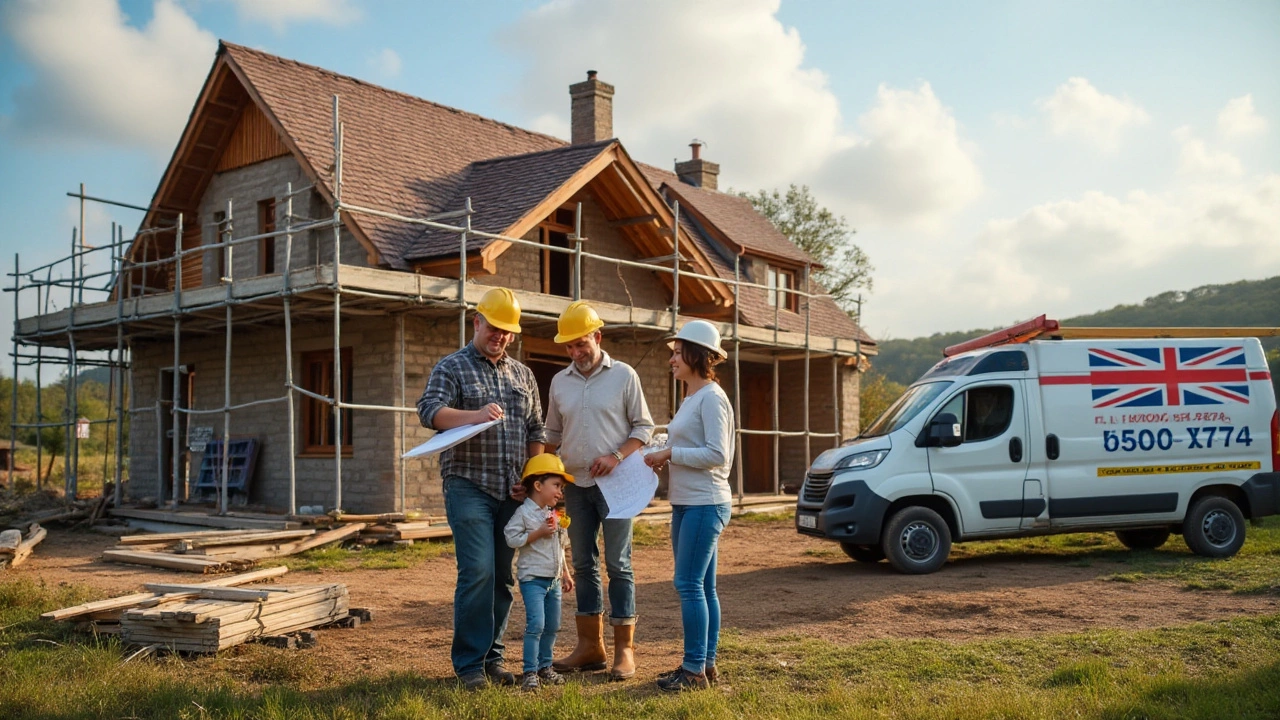Home Building Tips – Simple Advice for Building or Renovating Your Home
If you’re staring at a blank plot or a tired bathroom, the first thing you need is a clear plan. Skipping the basics costs time, money, and stress. Below you’ll find easy‑to‑follow steps that keep your project moving, help you avoid the usual pitfalls, and make sure the finished home feels solid and safe.
Plan Like a Pro
Start with a realistic budget. List every expense – land, permits, design fees, materials, labour, and a 10‑15% contingency for surprises. Use a spreadsheet or a budgeting app, and update it weekly. When you know the numbers, you won’t be shocked by a surprise invoice later.
Next, set clear goals. Ask yourself: Do I want an energy‑efficient house, a quick build, or space for future extensions? Write down the must‑haves (like three bedrooms) and the nice‑to‑haves (like a home office). This list guides you when you compare builders or choose finishes.
Choose a reliable architect or designer early. Good drawings prevent costly changes mid‑build. Ask to see examples of their past work, and make sure they understand local building codes. A solid set of plans also helps you get accurate quotes from contractors.
Common Issues and How to Fix Them
Foundation cracks are a top concern. Small hairline cracks in the slab are usually harmless, but wide horizontal cracks can signal structural trouble. If you spot a crack wider than 5mm, call a structural engineer. They’ll tell you if you need epoxy injection, carbon fibre reinforcement, or a full‑scale repair.
Choosing the right flooring for a new build matters more than style alone. For high‑traffic areas, consider engineered hardwood or luxury vinyl – both resist moisture and wear. Tile works great in kitchens and bathrooms, but make sure the sub‑floor is level to avoid tile cracking later.
Roofing costs often surprise homeowners. Labor is a big part of the price, especially if the roof is steep or hard to access. To keep costs down, get multiple quotes, check the contractor’s safety record, and ask about long‑life materials that need fewer repairs.
When renovating a bathroom, follow a logical order: demolition, rough‑in plumbing/electrical, walls and flooring, then fixtures. Skipping steps or rushing the plumbing can lead to leaks that damage new tiles and cost extra repairs.
If you’re adding a new extension, watch the building’s “load path.” Adding heavy walls or large windows without proper support can weaken the structure. A qualified structural engineer will design the right beams and columns, saving you headaches down the line.
Finally, keep communication open. Set weekly check‑ins with your builder, and ask for photo updates. When you spot an issue early, you can fix it before it becomes a big problem.
Building or renovating is a big adventure. By budgeting wisely, planning ahead, and watching for common issues like foundation cracks, flooring choices, and roof costs, you’ll finish with a home that feels right and lasts for years. Ready to start? Grab a notebook, write down your top three goals, and take the first step toward a smoother build.

